A low credit score can feel like being stuck in a financial trap. It can make it harder to rent an apartment, get a car loan, or even sign up for a new cell phone plan.
If you’ve made financial mistakes in the past, it’s easy to feel like that number will define you forever.
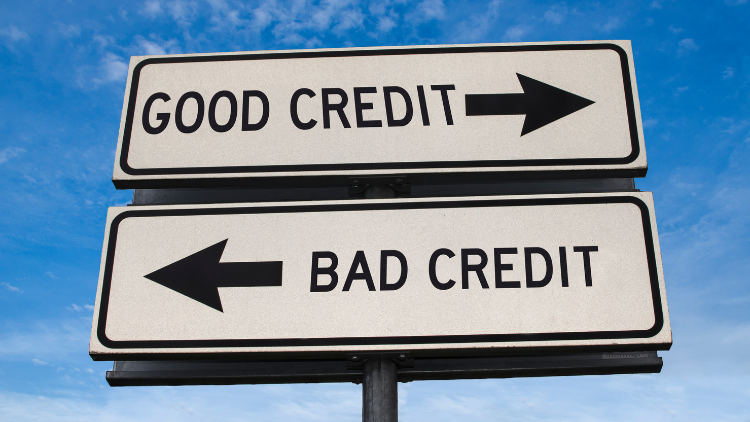
But here is the truth: your credit score is not a permanent reflection of your worth. It’s simply a snapshot in time, and you have the power to change the picture.
Rebuilding your credit isn’t a mystery, and you don’t need to pay expensive “credit repair” services to do it. You just need a clear plan and the right tool. This is that plan. We’ll walk you through the journey from a secured credit card—the single most powerful tool for rebuilding—all the way to graduating to a traditional, unsecured card and a better financial future.
Before You Begin: Know Your Starting Point
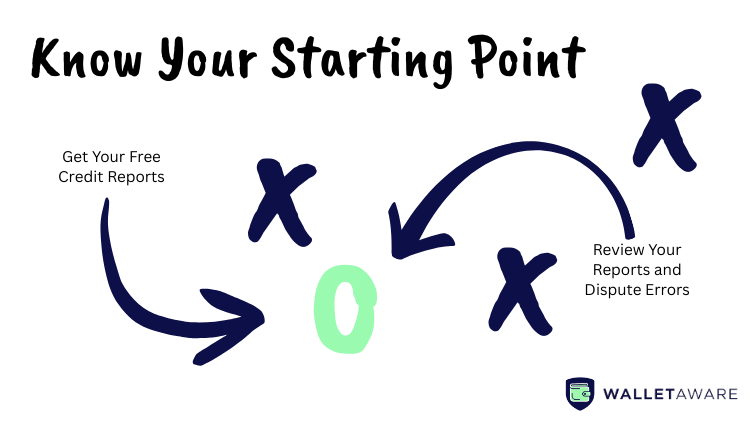
You can’t map out a journey without knowing where you’re starting from.
The first step is always to look at your credit reports.
Step 1: Get Your Free Credit Reports
You are legally entitled to a free copy of your credit report from each of the three major bureaus (Equifax, Experian, and TransUnion) every single week. The only place you should go to get them is the official, government-authorized website: AnnualCreditReport.com.

Step 2: Review Your Reports and Dispute Errors
Read through each report carefully.
You’re looking for mistakes—a payment marked late that you paid on time, an account that isn’t yours, or a negative item that’s too old to be listed.
Finding and fixing these errors is the fastest way to potentially boost your score. If you find a mistake, you have the right to dispute it.
The Consumer Financial Protection Bureau (CFPB) provides a clear guide on how to dispute errors.
The Rebuilding Phase: Your First Powerful Tool
With your reports corrected, it’s time to start building a fresh, positive history.
This is where a secured credit card comes in.
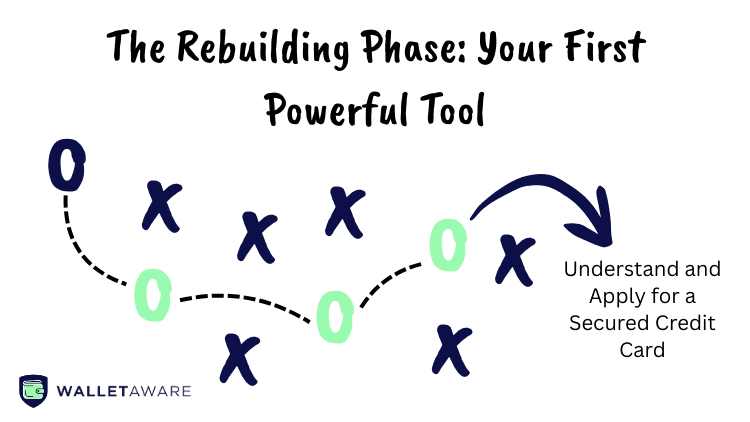
Step 3: Understand and Apply for a Secured Credit Card
What it is: A secured card is a credit card designed for people building or rebuilding credit. It works just like a regular credit card, but you provide a refundable security deposit to open the account. That deposit—typically $200-$500—usually becomes your credit limit.
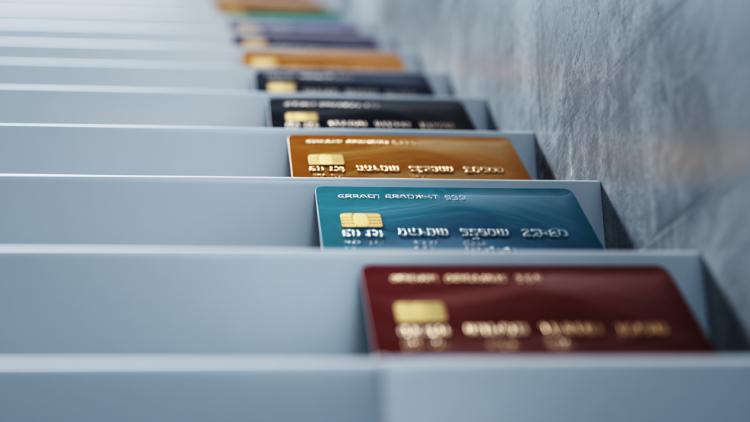
It’s like a credit card with training wheels. The deposit removes the risk for the bank, so they can approve you even with a low score. It is not a prepaid debit card; it is a real line of credit.
Why it works: The magic of a secured card is that your payment history is reported to all three major credit bureaus. This is your chance to prove your creditworthiness by creating a track record of positive, on-time payments.
A fantastic example is the Discover it® Secured Credit Card. It has no annual fee, reports to all three bureaus, offers a cash back rewards program (which is rare for secured cards), and has a clear graduation path.
The Graduation Plan: How to Use Your Secured Card Wisely
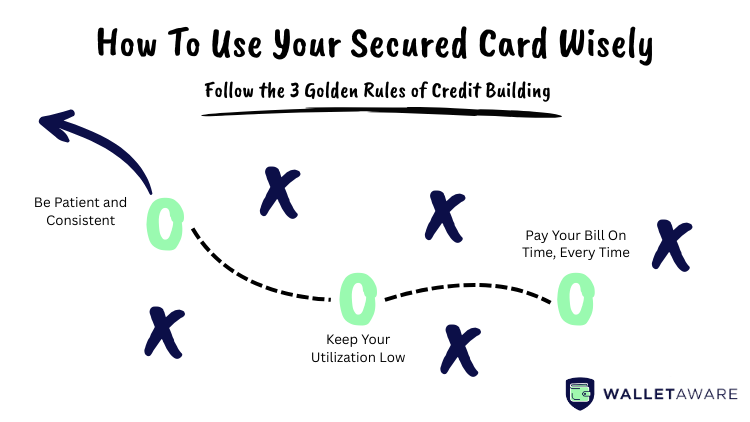
Getting the card is the first step.
Using it correctly is how you win the game.
Step 4: Follow the 3 Golden Rules of Credit Building
For the next 7-12 months, your only goal is to be the perfect cardholder.
- Pay Your Bill On Time, Every Time. This is the most important factor in your credit score. A single late payment can set you back for months. The best way to ensure this is to set up autopay to pay your full statement balance each month.
- Keep Your Utilization Low. Your “credit utilization” is the percentage of your credit limit you’re using. To rebuild credit quickly, you must keep this number low. A good rule is to keep your statement balance below 30% of your limit, but below 10% is even better. For a card with a $200 limit, this means only letting a balance of $20-$60 report on your statement. You can do this by making small purchases or by paying off your balance before your statement closing date.
- Be Patient and Consistent. It takes time for your new positive payment history to outweigh past mistakes. Don’t get discouraged. Just keep following the first two rules, month after month.
The Finish Line: Graduating to an Unsecured Card
Step 5: The Automatic Review and Graduation
After about seven or eight months of perfect payment history and low utilization, issuers like Discover will automatically review your account.
If they see you’ve been a responsible user, they will “graduate” you to a regular, unsecured credit card.
This means they will refund your original security deposit in full, and often increase your credit limit!
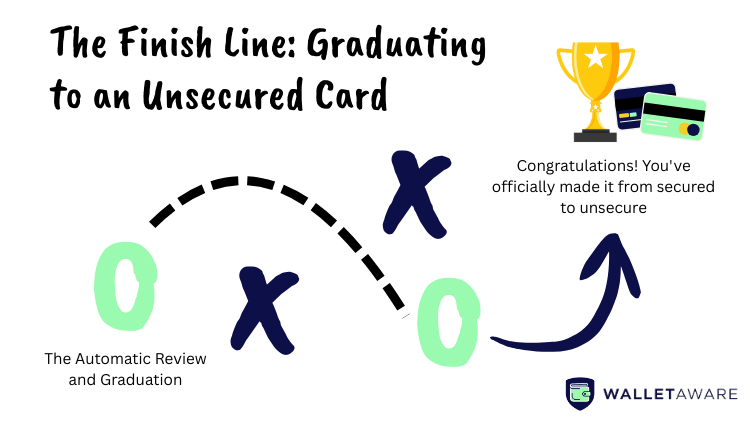
Step 6: What to Do Next
Congratulations! You’ve officially made it from secured to unsecured. Now, keep that newly unsecured card open—the longer you keep an account in good standing, the better it is for your credit history. You can now confidently consider applying for your first unsecured rewards card and continue your journey toward excellent financial health.
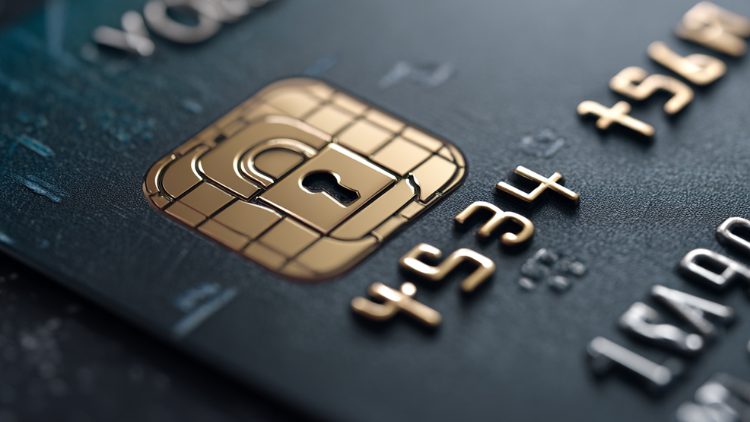
Rebuilding your credit is a marathon, not a sprint. But it is a race you can win. By following this playbook, you are taking back control, one on-time payment at a time.
Frequently Asked Questions (FAQ)
What’s the difference between a secured card and a prepaid card? A secured card is a line of credit that builds your credit history. A prepaid card is loaded with your own money and has no connection to credit; it’s more like a gift card and does not build your credit score.
How long until my score improves? With consistent, on-time payments and low utilization, you can often see positive changes in your credit score within 3 to 6 months. Significant improvement typically takes about a year of positive history.
Will I definitely get my security deposit back? Yes, your security deposit is fully refundable. You will get it back either when your issuer graduates you to an unsecured card, or if you decide to close the account, as long as you have paid off any outstanding balance.
WalletAware shares education, not individualized financial advice. Always confirm current terms on the issuer’s site before applying.